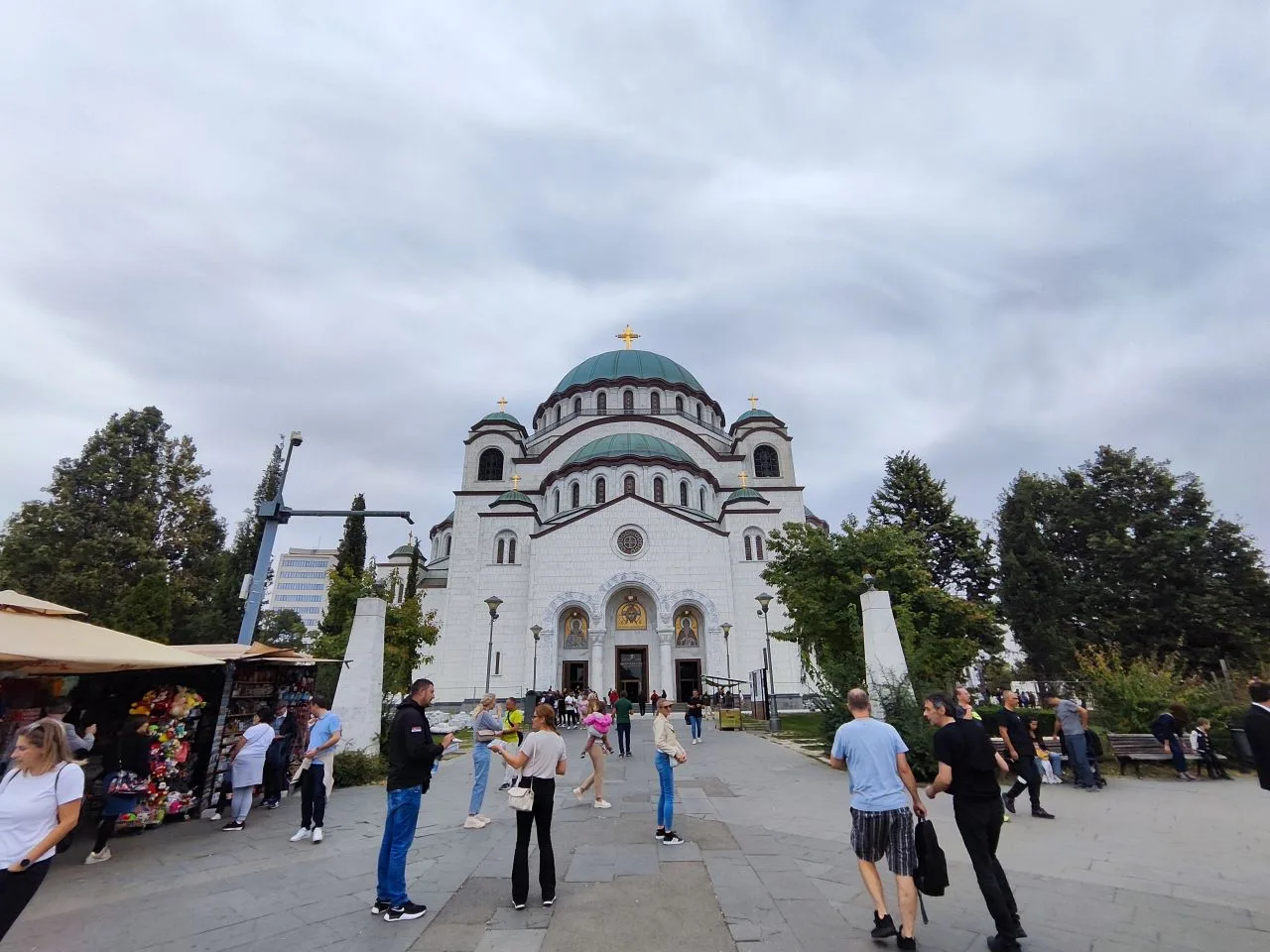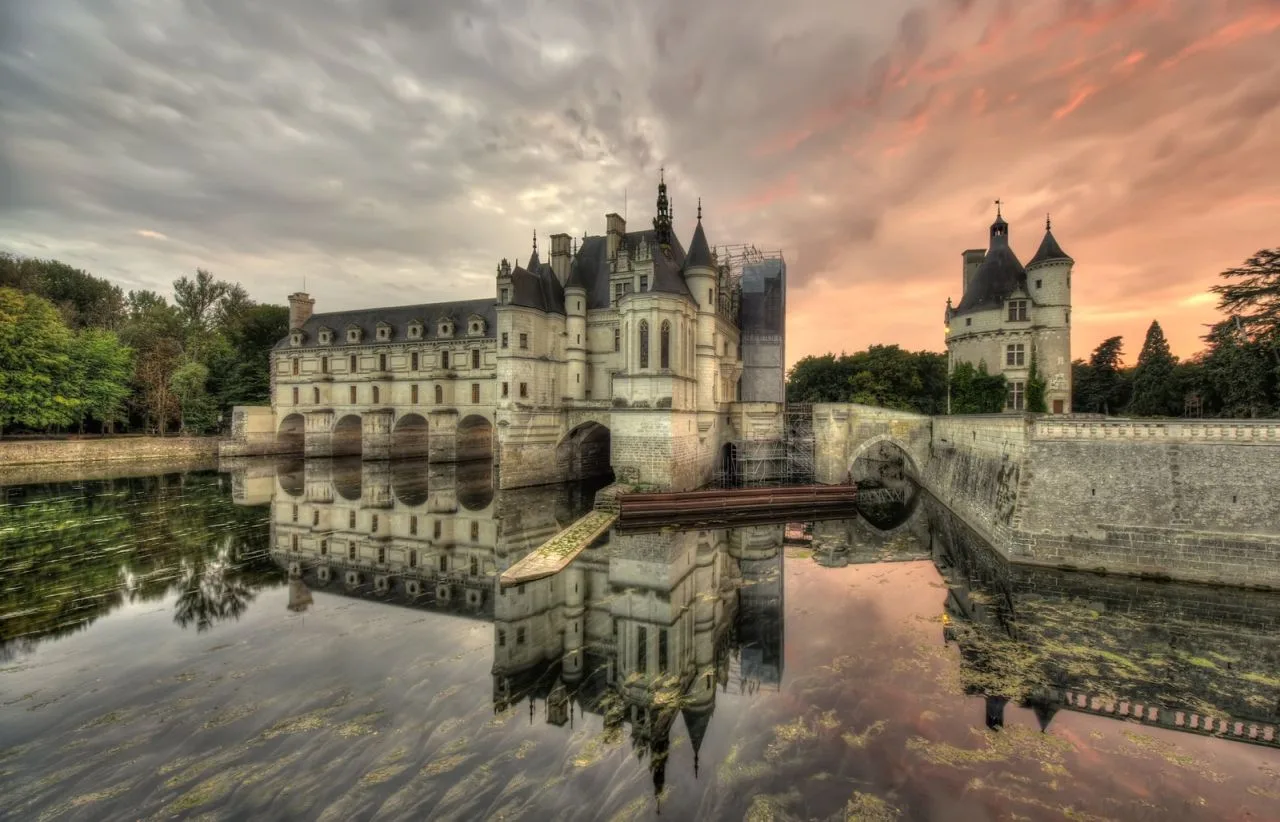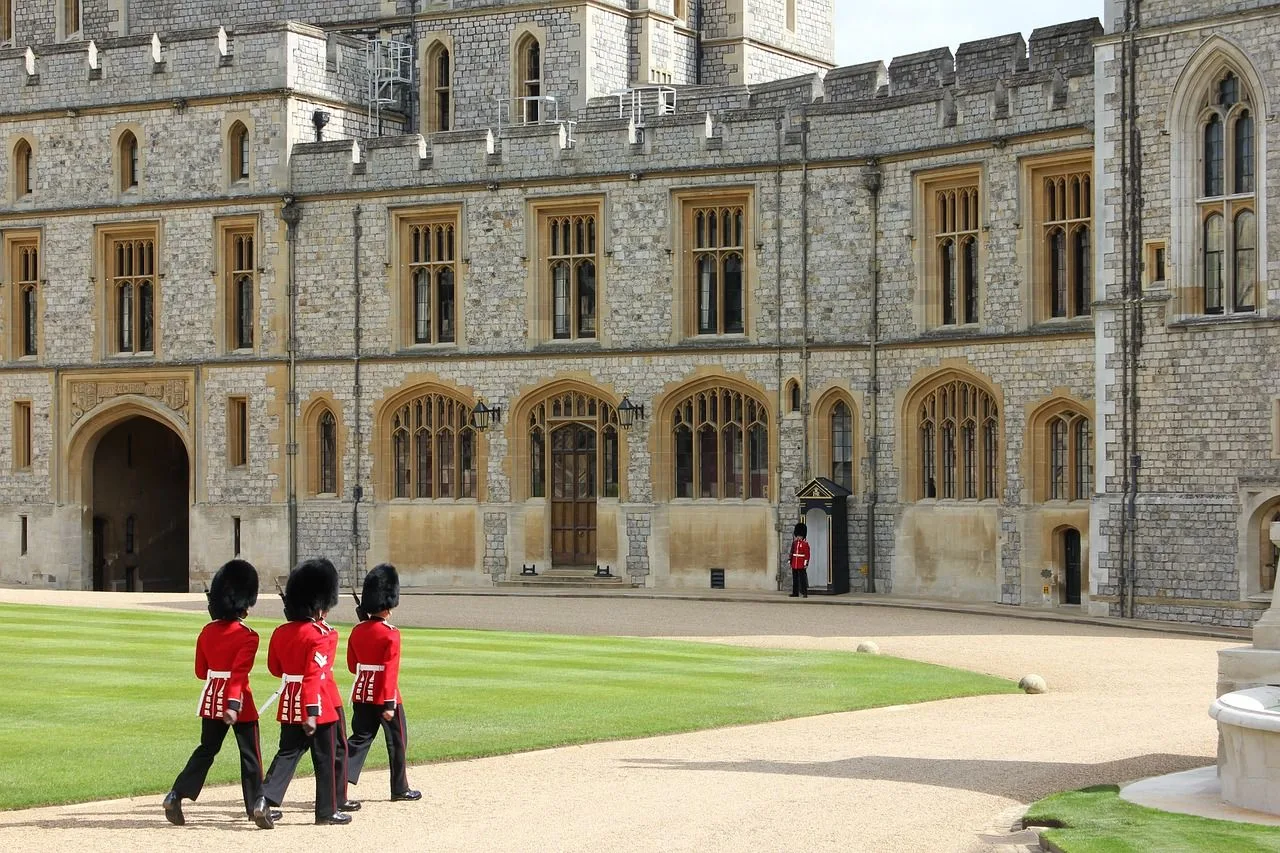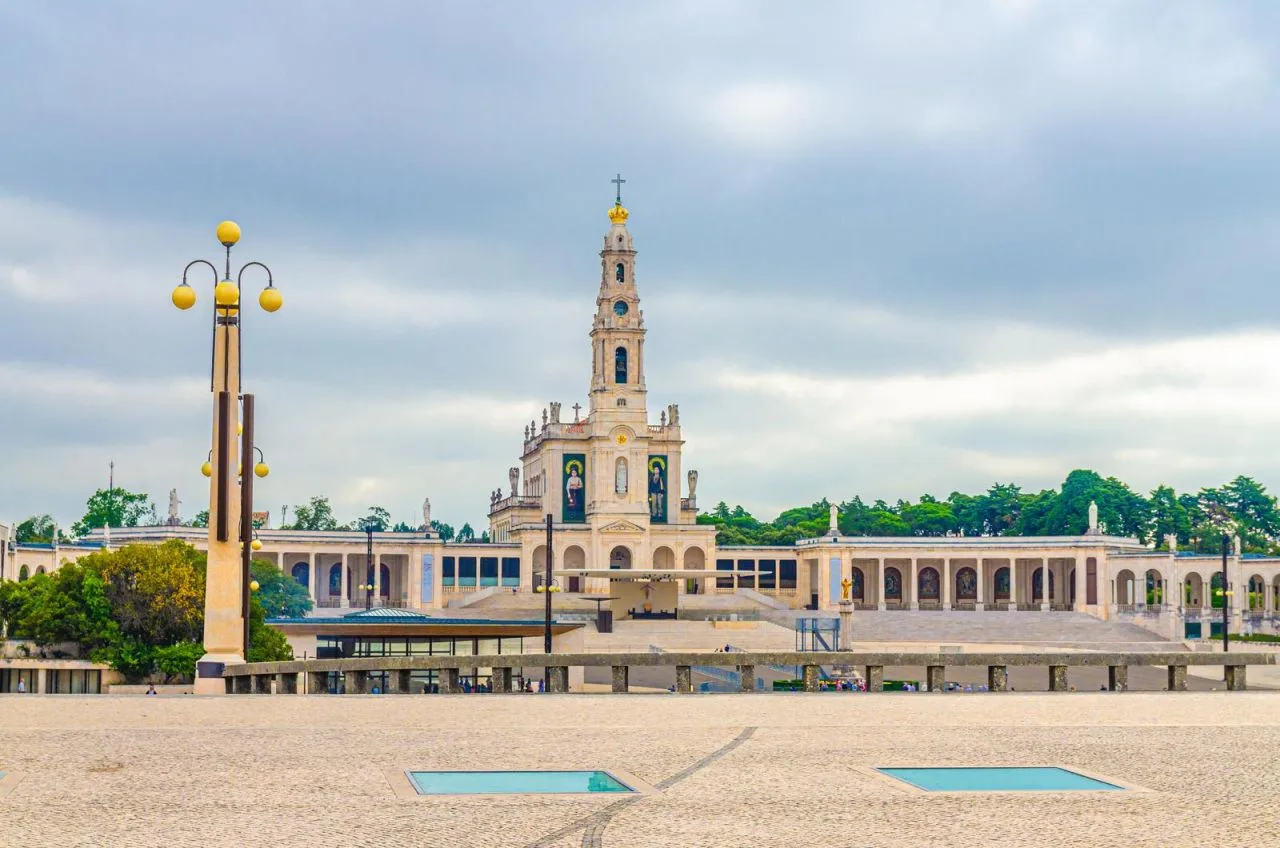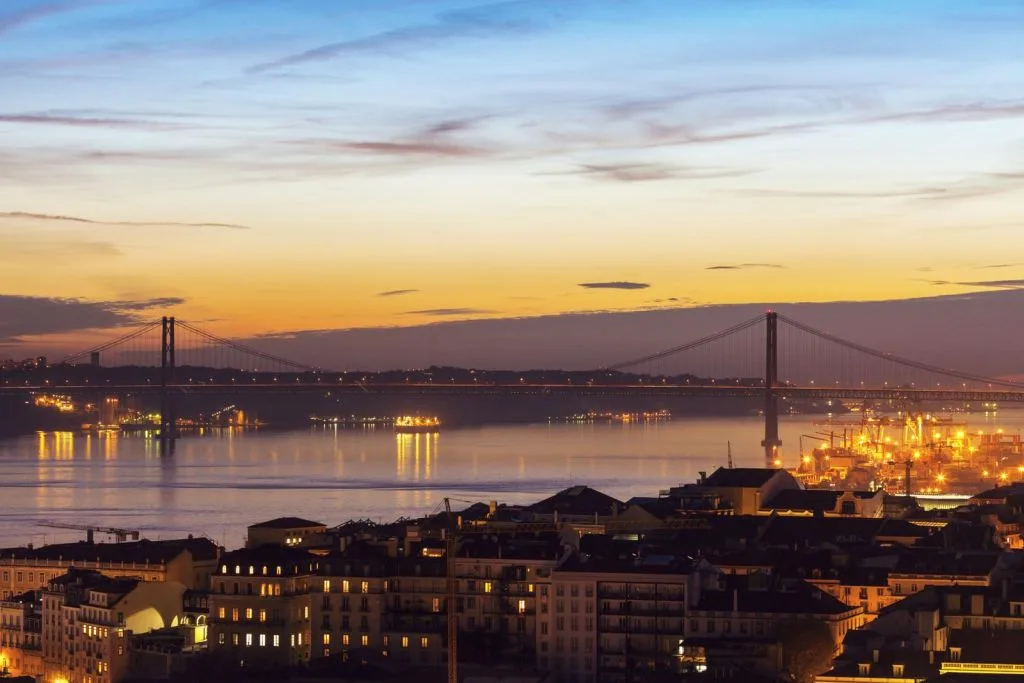Exploring the Majestic Temple of Saint Sava: A Symbol of Serbian Spirituality
Address
Krušedolska 2a, Beograd 11000, Serbia
GPS
44.79804535, 20.469188390962
Welcome to a virtual journey through the grandeur and spirituality of the Temple of Saint Sava, an awe-inspiring masterpiece nestled in the heart of Serbia. Prepare to be mesmerized by its magnificent architecture, rich history, and profound cultural significance.
Join us as we explore this majestic symbol of Serbian spirituality, delving into its captivating stories and unveiling the secrets hidden within its sacred walls. From its humble beginnings to becoming one of Europe’s largest Orthodox churches, get ready to embark on an unforgettable voyage that will leave you in awe of this extraordinary testament to faith and national identity.
Introduction to the Temple of Saint Sava
The Temple of Saint Sava is a grand and awe-inspiring structure located in the heart of Belgrade, Serbia. It is one of the largest Orthodox churches in the world and serves as a prominent symbol of Serbian spirituality and culture.
 Construction on the temple began in 1935, but due to various political and economic challenges, it was not completed until over eight decades later, in 2020. This long process has only added to the significance and mystique surrounding this magnificent monument.
Construction on the temple began in 1935, but due to various political and economic challenges, it was not completed until over eight decades later, in 2020. This long process has only added to the significance and mystique surrounding this magnificent monument.
The temple is dedicated to Saint Sava, considered by many as the patron saint of Serbia. He was a prince turned monk who played a crucial role in establishing the autocephalous Serbian Orthodox Church in the 13th century. His legacy continues to be celebrated throughout Serbia, making this temple even more special.
As you approach the temple, its sheer size and elaborate architectural style will leave you mesmerized. The exterior boasts a stunning combination of Byzantine, Serbian medieval, and modern elements, creating a unique blend that reflects both traditional and contemporary aspects of Serbian culture.
Upon entering the temple grounds through its impressive gates, visitors are greeted by beautifully landscaped gardens featuring fountains and intricate stone carvings. This serene atmosphere sets the tone for what awaits inside.
 Stepping into the interior of the temple is an experience like no other. The vast space is filled with natural light streaming through large windows adorned with colorful stained glass depicting scenes from biblical stories and Serbian history. The high ceilings are supported by tall marble columns, and the walls are adorned with intricate frescoes and mosaics crafted by some of Serbia’s most renowned artists.
Stepping into the interior of the temple is an experience like no other. The vast space is filled with natural light streaming through large windows adorned with colorful stained glass depicting scenes from biblical stories and Serbian history. The high ceilings are supported by tall marble columns, and the walls are adorned with intricate frescoes and mosaics crafted by some of Serbia’s most renowned artists.
The centerpiece of the temple is its massive dome, which stands at over 70 meters tall. It is adorned with a stunning mosaic depicting Christ Pantocrator, surrounded by angels and saints. This breathtaking work of art is a testament to the dedication and skill of Serbian artists.
The temple also houses several side chapels dedicated to various saints and important figures in Serbian history, as well as a crypt where the relics of Saint Sava are kept.
Overall, the Temple of Saint Sava is a must-visit for anyone traveling to Belgrade. Its grandeur and rich history make it an essential part of any tour through Serbia’s capital city. Whether you are religious or not, this temple will leave a lasting impression on all who visit.
History and Significance of the Temple
The Temple of Saint Sava in Belgrade, Serbia is one of the largest Orthodox churches in the world and a magnificent symbol of Serbian spirituality. Its history dates back to the 19th century when the idea for its construction was first proposed by Prince Miloš Obrenović. However, it wasn’t until 1895 that work actually began on the temple.
The original architect, Aleksandar Deroko, envisioned a grand structure in the shape of a Greek cross with five domes and intricate details inspired by Byzantine architecture. However, due to political turmoil and lack of funding, construction was halted several times over the years. It wasn’t until 1912 that renowned Russian architect Nikolai Krasnov took over and redesigned the church into its current Neo-Byzantine style.
Despite initial setbacks and delays, construction continued throughout World War I as a symbol of hope for Serbian people during their struggle for independence. However, it wasn’t until 1941 when Nazi Germany occupied Yugoslavia that work on the temple came to a complete standstill. The occupying forces even used parts of the unfinished church as an ammunition depot and storage facility.
After World War II ended, plans for completing the temple were revisited but were met with various challenges such as communist rule, lack of funds, and disagreements over design elements. It wasn’t until 1984 that construction resumed under architect Branko Pešić’s direction using modern building techniques.
On January 27th, 198 9, the main dome of the temple was finally completed and consecrated by Patriarch German of the Serbian Orthodox Church. However, it wasn’t until 2004 that the entire exterior of the temple was finished and consecrated, marking an important milestone in Serbian history.
Today, the Temple of Saint Sava is not only a place of worship but also a significant cultural and historical landmark for Serbia. It serves as a reminder of the country’s resilience and determination to preserve its national identity and Orthodox faith despite periods of turmoil. The temple also attracts thousands of visitors from all over the world who come to admire its grandeur and learn about its rich history.
Architectural Design and Features of the Temple
The Temple of Saint Sava is not only a significant religious site, but it also holds great architectural importance. The stunning design and features of this majestic structure make it stand out among other Orthodox churches.
Architecture plays a crucial role in the Orthodox faith, as it reflects the spiritual beliefs and symbolism of the religion. The architectural design of the Temple of Saint Sava is a perfect representation of Serbian spirituality, with its grandeur and intricate details.

The temple was designed by architect Aleksandar Deroko in 1926, but unfortunately, due to political turmoil and World War II, construction was halted for several decades. It wasn’t until 1985 that work resumed on this magnificent structure under the supervision of architect Branko Pešić.
One of the most striking features of the temple’s design is its size. With a height of 82 meters (269 feet) and an area covering 3,500 square meters (37,675 square feet), it is one of the largest Orthodox churches in the world. Its massive central dome has a diameter of 30 meters (98 feet), making it one of Europe’s biggest church domes.
The exterior design incorporates elements from both Byzantine and medieval Serbian architecture styles. The use of white marble gives it a timeless and classic look while paying homage to traditional Serbian stone-carving techniques. The facade features ornate details such as elaborate arches, columns, and decorative motifs that are typical in Orthodox church architecture.
As you enter through the bronze doors , you are greeted by a vast interior that can accommodate up to 10,000 worshippers. The design of the interior is simple yet elegant, with high ceilings and large windows that allow natural light to flood in. The walls and domes are adorned with beautiful frescoes and mosaics, depicting scenes from the life of Jesus Christ and other religious figures.
One notable feature is the iconostasis, a screen decorated with icons that separates the nave (main area for worshippers) from the sanctuary (where religious ceremonies take place). The iconostasis in the Temple of Saint Sava is made of marble and features intricate carvings and gold accents.
The temple also has a crypt where visitors can see the final resting place of Saint Sava’s relics. This underground space has a stunning mosaic floor that depicts Saint Sava’s life story.
In addition to its architectural features, the temple also has an impressive collection of religious artifacts, including icons, chalices, and vestments.
Overall, the Temple of Saint Sava stands as a testament to Serbian spirituality and architectural mastery. Its grandeur and beauty continue to inspire visitors and worshippers alike.
Religious Significance and Cultural Importance
The Temple of Saint Sava is not only a magnificent architectural masterpiece, but it also holds great religious significance and cultural importance for the Serbian people. As one of the largest Orthodox churches in the world, this temple represents the centuries-old spiritual heritage of Serbia.
Religion has played a significant role in shaping Serbian culture and identity. The majority of Serbians identify as Orthodox Christians, and their faith is deeply intertwined with their daily lives. The construction of the Temple of Saint Sava was seen as a way to honor their religious beliefs and celebrate the rich history of Orthodoxy in Serbia.

The temple is dedicated to Saint Sava, who is considered to be the patron saint of Serbia. He was a prince turned monk who played an instrumental role in establishing the Serbian Orthodox Church and spreading Christianity throughout the region. His teachings have had a profound impact on Serbian spirituality, making him an important figure in their religious history.
The location chosen for this grand temple holds significant meaning as well. It stands on the spot where Saint Sava’s remains were burned by Ottoman rulers in 1594 as an act of desecration towards Orthodox Christianity. This event marked one of many struggles that Serbians faced during their long history under Ottoman rule. By building this temple at this site, they are reclaiming it as a symbol of resilience and triumph over oppression.
The design elements and decorations within the temple also hold deep religious symbolism that reflects Serbian culture. The lavish interior features intricate frescoes depicting scenes from both Christian and Serbian history, as well as ornate mosaics and marble detailing. These artistic elements not only add to the grandeur of the temple but also serve as reminders of the rich cultural heritage of Serbia.
Overall, the Temple of Saint Sava is a significant religious and cultural symbol for Serbians. It stands as a testament to their enduring faith, strength, and determination to preserve their heritage. It serves as a place of worship, pilgrimage, and national pride for generations to come.
Must-See Sights Inside the Temple
The Temple of Saint Sava, located in the heart of Belgrade, is not only a significant religious landmark but also a must-visit destination for anyone exploring Serbia. Its grandiose structure and intricate details make it one of the most beautiful temples in the world. As you step inside this majestic building, you will be greeted with an overwhelming sense of peace and spirituality. Here are some must-see sights inside the Temple that you should not miss during your visit.
1. The Nave:
As you enter the temple, you will be mesmerized by its sheer size and beauty. The nave, or central part of the temple, is incredibly spacious and can accommodate up to 10,000 people at once. Its high ceilings and stunning chandeliers add to the grandeur of this sacred space. Take a moment to admire the intricate details on the walls and columns as they tell stories from Serbian history.
2. Iconostasis:
In Eastern Orthodox churches, an iconostasis is a wall separating the sanctuary from the rest of the church. The iconostasis in Saint Sava’s Temple is considered one of its most impressive features. It stands at an astonishing height of 45 meters and contains over 400 icons crafted by talented Serbian artists.
3. Mosaic Artwork:
One cannot help but marvel at the breathtaking mosaic artwork adorning both exterior and interior walls of this magnificent temple. Over 40 million pieces were used to create these mosaics depicting various scenes from Christian history. Be sure to admire the mosaic of Saint Sava, the patron saint of Serbia, located above the main entrance.

4. Crypt:
Located beneath the main part of the temple is a crypt that houses relics and remains of Saint Sava himself. This area is considered one of the most spiritual and sacred parts of the Temple, as it is believed to be where Saint Sava’s remains were hidden during times of war and conflict.
5. Bell Towers:
The Temple of Saint Sava has four bell towers, each standing at a height of 44 meters. These towers are not only functional but also add to the overall beauty and grandeur of the temple. You can climb up one of these towers for a breathtaking view of Belgrade and its surroundings.
6. Frescoes:
The interior walls and ceilings are adorned with stunning frescoes depicting various scenes from Serbian history as well as biblical stories. The intricate details and vibrant colors used in these frescoes will leave you in awe.
7. Chapel:
Adjacent to the nave is a smaller chapel dedicated to Saint Lazarus, another important figure in Serbian history. This chapel is equally beautiful and worth visiting during your time inside the temple.
The Temple of Saint Sava is more than just a religious site; it is a symbol of Serbian culture and history. Its stunning architecture and intricate details make it a must-visit destination for anyone traveling to Belgrade. Make sure to spend some time exploring its interior and taking in all the sights and sounds of this magnificent temple.
The Surrounding Area and Its Connection to Serbian Spirituality
Serbian spirituality is deeply rooted in the country’s history, culture, and traditions. It is a blend of Orthodox Christianity, traditional folk beliefs and customs, and the influence of other religions and cultures that have shaped Serbia over the centuries.
One of the most significant aspects of Serbian spirituality is its connection to nature and its surroundings. The country’s landscapes, rivers, mountains, and forests are believed to hold spiritual significance and are often associated with myths and legends.
The city of Belgrade, where the majestic Temple of Saint Sava stands proudly, is no exception. Located at the confluence of two major rivers – the Danube and Sava – Belgrade has been a sacred place for centuries. In ancient times, it was known as Singidunum or ‘city of gardens’ due to its lush greenery and natural beauty.
The area surrounding the Temple of Saint Sava holds great symbolic importance for Serbian spirituality. The temple itself is built on top of Vračar Hill, which holds a special place in Serbian folklore as a site where witches gathered to perform rituals. According to legend, when Saint Sava visited this hill during his travels through Serbia in the 13th century, he blessed it with holy water from Jerusalem.
Apart from its mythological significance, Vračar Hill also has historical importance as it was one of the sites where Serbs fought against Ottoman rule during the First Serbian Uprising in 1804. This battle marked the beginning of Serbia’s fight for independence and is seen as a symbol of the nation’s resilience and determination.
The Temple of Saint Sava itself is a testament to Serbian spirituality. Built in honor of Saint Sava, the founder of the Serbian Orthodox Church, it is one of the largest Orthodox churches in the world and an iconic landmark of Belgrade. Its grand architecture and intricate interior design – featuring mosaics, frescoes, and icons – serve as a spiritual sanctuary for many Serbs.
Beyond Belgrade, Serbia’s natural landscapes are also deeply intertwined with its spirituality. The country is home to numerous monasteries and churches nestled in picturesque mountains, forests, and valleys. These sacred sites have been places of pilgrimage for centuries, attracting not only religious believers but also nature enthusiasts seeking spiritual reconnection with their surroundings.
In addition to its natural beauty, Serbia’s countryside is also filled with traditional Serbian villages where customs such as Slava (celebration of family patron saint) and Kolo (traditional dance) are still practiced. These rituals serve as a way for Serbs to connect with their ancestors and preserve their cultural identity.
Overall, the surrounding area plays a significant role in shaping Serbian spirituality. From ancient myths and legends to historical battles and religious landmarks, it all contributes to the country’s unique and deeply rooted spiritual identity.
Tips for Visiting the Temple of Saint Sava: What to Know Before You Go
When visiting the Temple of Saint Sava, there are a few things to keep in mind in order to have a smooth and enjoyable experience. Here are some tips for visiting this majestic symbol of Serbian spirituality:
1. Dress Appropriately: The Temple of Saint Sava is an active Orthodox church, so it is important to dress respectfully when visiting. This means covering your shoulders and legs (at least up to the knees). Avoid wearing revealing clothing such as shorts or tank tops.
2. Be Mindful of Your Behavior: As with any religious site, it is important to be respectful and mindful of your behavior while inside the temple. Keep noise levels low, avoid taking photos during services, and follow any instructions given by staff or volunteers.
3. Plan Your Visit Carefully: The temple can get quite crowded, especially during peak tourist season. It is recommended to plan your visit for early morning or late afternoon when it tends to be less busy. This will also give you more time and space to fully appreciate the beauty and serenity of the temple.
4. Take a Guided Tour: To truly understand and appreciate the significance of the Temple of Saint Sava, consider taking a guided tour. You can either join a group tour or hire a private guide who can provide you with more in-depth information about the history and architecture of this magnificent structure.
5. Respect Cultural Customs: When entering the main sanctuary area, it is customary to light a candle as a sign of respect and reverence for Orthodox traditions. You can purchase candles at the entrance and place them in designated areas.
6. Bring Cash: While there is no admission fee to enter the temple, donations are greatly appreciated to help with ongoing maintenance and restoration efforts. There are also gift shops on site where you can purchase souvenirs, but they may not accept credit cards so it’s best to have cash on hand.
7. Be Prepared for Crowds: As one of the largest Orthodox churches in the world, the Temple of Saint Sava attracts a large number of visitors every day. Be prepared for crowds, especially during peak tourist season.
8. Explore the Surrounding Area: The temple is located in the Vracar neighborhood, which has a rich history and vibrant culture. Take some time to explore this area and discover its hidden gems, such as quaint cafes and local markets.
9. Consider Attending a Service: If you are interested in experiencing a traditional Orthodox service, check the schedule beforehand and consider attending a service during your visit. Just be sure to observe proper etiquette and respect those who are there for worship.
10. Take Your Time: The Temple of Saint Sava is an architectural marvel with many intricate details that deserve to be admired up close. Don’t rush through your visit – take your time to fully appreciate the beauty and grandeur of this sacred place.
Personal Experiences and Reflections on the Temple’s Impact on Visitors
One of the most remarkable aspects of the Temple of Saint Sava is its ability to impact visitors on a deeply personal level. While the impressive architecture and rich history may draw people in, it is often their own experiences and reflections within the temple that leave a lasting impression.

For many visitors, stepping inside the temple is a truly awe-inspiring experience. The grandeur of the interior, with its high ceilings, intricate mosaics, and ornate details, immediately captures one’s attention and invokes a sense of wonder. As you walk through the vast space, you can’t help but feel small in comparison to this magnificent structure.
But beyond its physical beauty, there is something intangible about the Temple of Saint Sava that touches people’s hearts and souls. For some, it may be their deep connection to Serbian spirituality or their admiration for Saint Sava as a national hero. Others may find solace and peace in this sacred space away from the hustle and bustle of daily life.
The temple’s impact on visitors is not limited to those who share the same faith or cultural background; it welcomes all with open arms. Many non-Serbian visitors have also been moved by their experience at the temple, often expressing feelings of tranquility and spiritual awakening.
One notable aspect of visiting the Temple of Saint Sava is witnessing how it brings people together. It serves as a place for individual reflection but also as a gathering point for communities. Whether attending a service or simply admiring its beauty alongside fellow visitors, the temple creates a sense of unity and connectedness.
Personally, my own visit to the Temple of Saint Sava was a memorable and powerful experience. As someone who is not Serbian, I was struck by the warmth and hospitality of the people I met there. The temple’s beauty and grandeur were undeniable, but it was the sense of community and shared spiritual connection that left the strongest impression on me.
In conclusion, the impact of the Temple of Saint Sava on visitors is a multifaceted one. It is not just a physical structure but also a spiritual sanctuary that welcomes all who enter its doors. Its ability to evoke feelings of wonder, peace, and unity makes it a truly special place for all who have had the privilege to visit.
Conclusion
The majestic Temple of Saint Sava is undoubtedly a symbol of Serbian spirituality and culture. It has stood the test of time, surviving wars and conflicts, and continues to be a place of worship and pilgrimage for people from all over the world. As we come to the end of our exploration, it is important to reflect on the significance of this magnificent structure.
One cannot help but feel overwhelmed by the grandeur of this temple. From its impressive size to intricate details, every aspect speaks volumes about the devotion and dedication put into its construction. The temple stands tall as a reminder of Serbian resilience and determination in preserving their religious identity.
 Additionally, the temple’s design reflects a blend of different architectural styles, including Byzantine, Romanesque, Gothic, and Renaissance. This reflects Serbia’s rich history and cultural influences throughout the centuries. The use of traditional materials such as marble, granite, and bronze adds to its authenticity.
Additionally, the temple’s design reflects a blend of different architectural styles, including Byzantine, Romanesque, Gothic, and Renaissance. This reflects Serbia’s rich history and cultural influences throughout the centuries. The use of traditional materials such as marble, granite, and bronze adds to its authenticity.
Walking through the halls adorned with beautiful frescoes depicting biblical scenes or gazing up at the stunning dome decorated with gold mosaics can evoke a sense of peace and spirituality within oneself. It is not surprising that many visitors describe their experience at Saint Sava as powerful, humbling, and awe-inspiring.
Aside from its religious significance, Saint Sava Temple also serves as an important cultural landmark for Serbia. It hosts various exhibitions showcasing Serbian art and history, further promoting their heritage to visitors worldwide.
Furthermore, this iconic structure plays a vital role in promoting unity among Serbians . It stands as a symbol of national pride, bringing people together in celebration and remembrance.
In conclusion, the Temple of Saint Sava is not just a magnificent building; it is a testament to the enduring spirit of the Serbian people. Its beauty, history, and cultural significance make it a must-visit destination for anyone seeking to understand and appreciate this vibrant country.
OPENING HOURS
Monday
07:00-20:00
Tuesday
07:00-20:00
Wednesday
07:00-20:00
Thursday
07:00-20:00
Friday
07:00-20:00
Saturday
07:00-20:00
Sunday
07:00-20:00

